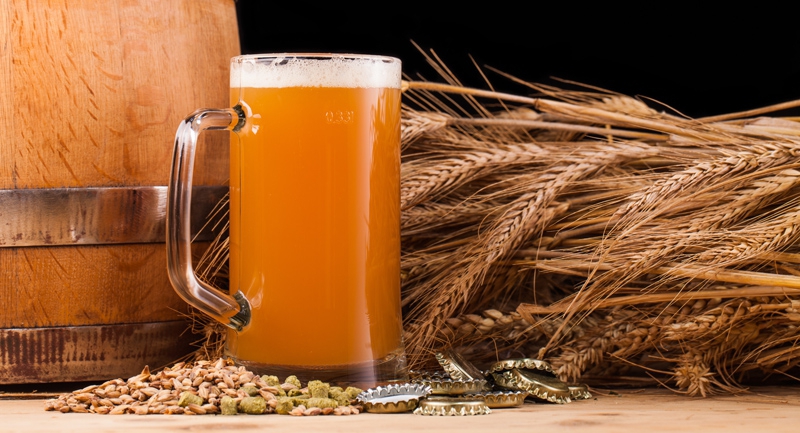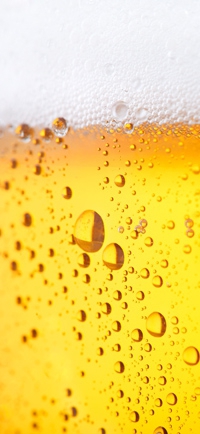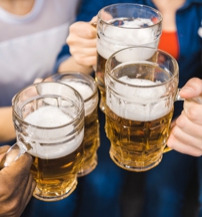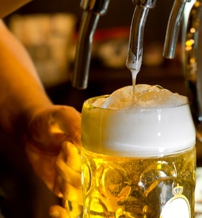
Best of Budapest & Hungary
Measure of Quality
The divine drink: beer
What’s common between the monks and a honeymoon? Did you know that Queen Elizabeth I of England had a habit of drinking strong ale for breakfast?
Often referred to as liquid bread, beer is as old as the civilization. It is possible that mankind took a sip from this brew of fermented grain sooner than from wine. Historians even speculate that prehistoric nomads may have made beer from grain & water before learning to make bread. The modern anthropologist Alan Eames believes that "beer was the driving force that led nomadic mankind into village life. Chemical tests of ancient pottery jars reveal that beer was already produced 7,000 years ago in what is today Iran. The Sumerians in Mesopotamia called it ‘Divine Drink’ and offered it to their gods. In 2100 B.C.E., Hammurabi, the 6th King of Babylonia, decreed the first written laws, and he included a daily beer ration based on the individual’s established social standing. During this time, beer was never sold, it was used for trade. There is a specific hieroglyph for "brewer" in Egypt indicating the importance of beer in the Egyptian culture. It is believed that the Egyptians taught the Greeks how to brew beer, who then taught the Romans, who in turn taught those “savage tribes” in Europe.
Monasteries and women
In Europe, up until the 14th century, beer was made at home. In those days, as most household tasks, beer production was the job of women. A good beer qualified the woman of the house as well as a good bread or meal. Nonetheless, little by little, it became the job of men, as enough beer had to be provided for the monasteries, abbeys and episcopacies. Monastery beer production was a real teamwork. The monks checked the quality of their product almost daily, and always discussed how they could make brew of even higher quality. As a result of this, by the 15th century, monks collected an immense amount of expertise in the art of brewing. They could brew several types of beer specialties in such quantities that they could provide enough for the surrounding area, and soon enough, a flourishing business developed with many beer houses.
What is beer made of?
As almost any substance containing certain sugars that can undergo spontaneous fermentation due to wild yeasts in the air, beer-like beverages were probably invented independently in different continents. Nearly every culture developed their own version using different grains. Africans used millet, maize and cassava. The Chinese used wheat. The Japanese used rice. The Egyptians used barley. Desperate early American colonists with a shortage of barley and hops in the new world made beer from corn, molasses, wheat bran, pumpkins, and even persimmons. Agave was used in Mexico and sweet potatoes in Brazil.
Pasteur
In 1876, Pasteur unraveled the secrets of yeast in the fermentation process, and he also developed pasteurization to stabilize beers 22 years before the process was applied to milk.
Beer cans
The beer can was introduced by American Can Co. & Kreuger Brewing in 1935.
Honeymoon
4,000 years ago in Babylon, it was an accepted practice that for a month after the wedding, the bride's father would supply his son-in-law with all the mead or beer he could drink. In ancient Babylon, the calendar was lunar-based – based on the cycle of the moon. The month following any wedding was called the "honey month" which evolved into "honeymoon".
The beer prayer
Our lager,
Which art in barrels,
Hallowed be Thy drink,
Thy will be drunk,
At home as I am in the tavern.
Give us this day our foamy head,
And forgive us our spillages,
As we forgive those who spill against us,
And lead us not to incarceration,
But deliver us from hangovers,
For thine is the ale,
The bitter and the lager,
Forever and ever,
Barmen.







